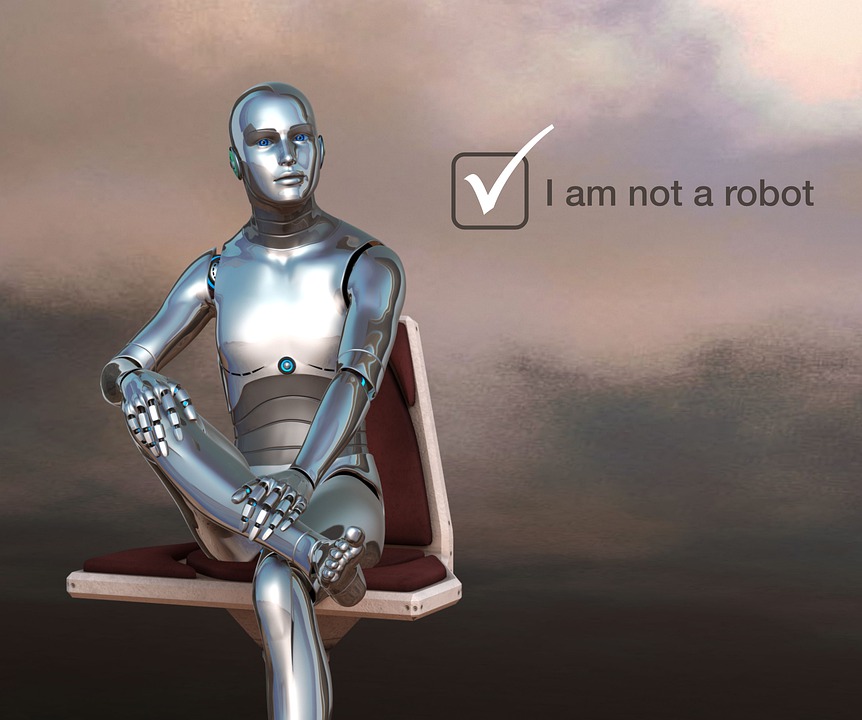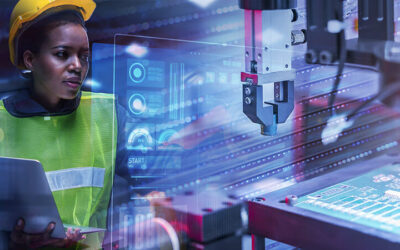With the advancement of robotics, businesses have more ways to compete with each other. Not only do robots protect employees against repetitive tasks, but they also provide a more suitable role for human workers. Robots enable businesses to compete on price, as they are more efficient than human workers. Furthermore, robots in the manufacturing industry can reduce part-to-part variability, enabling businesses to survive on bigger contracts. These robotics solutions can also help businesses go green, reducing their carbon footprint and generating cleaner areas.
In addition to the safety concerns, advancements in robotics enable them to perform more complex and dangerous tasks. These robots can perform factory automation, deep-sea travel, and even companionship tasks. While robotic instruments in the health care industry are not meant to replace human health professionals, they can help them perform their tasks more efficiently. For example, recently, robots were used to deliver essential items to COVID-19 patients. But despite its potential to improve human life, there is still a need for human assistance.
The advancement of robotics is advancing rapidly. It is becoming increasingly advanced, and is poised to change manufacturing. With its ever-increasing versatility and precision, industrial robots are replacing workers in manufacturing. As they operate nearer to components, they reduce quality errors, cut reprocessing and disposal costs, and ensure that products are ready before consumers are. With this automation, companies will have the greatest productivity at the lowest cost. The decreased timetable for production means more buyers and a higher bottom line.
While it is difficult to design an entirely new robot, they all have some form of mechanical construction. Robots can move in two ways: with their arms, for example, or with their legs. These parts are what make robotic robots so unique. Some of these parts are based on physics and the task they are supposed to do. They can also have different forms. One robot might have two arms, whereas another could have six legs and three wheels.

Another important aspect of robotics is that they can perform tasks without human interference. In a passenger airline, for example, a passenger plane is essentially a flying robot that requires two human pilots to fly and navigate. Moreover, unmanned aerial vehicles (UAV) are becoming smaller and lighter, and they can be used for military surveillance missions. Some of these vehicles can even fire on target under human command, and others can move in omnidirectional directions.
While many of these machines are still considered robots, the earliest attempts at robotics were crude. These machines did not have the capability to react to changing conditions. Before real robotics developed, many technological events occurred. First, engineers and designers had to learn how to transfer forces using levers and gears. Another development that changed the world was the development of computers and automation. These inventions paved the way for the advancement of robotics. And today, it is possible for robots to do virtually anything.





